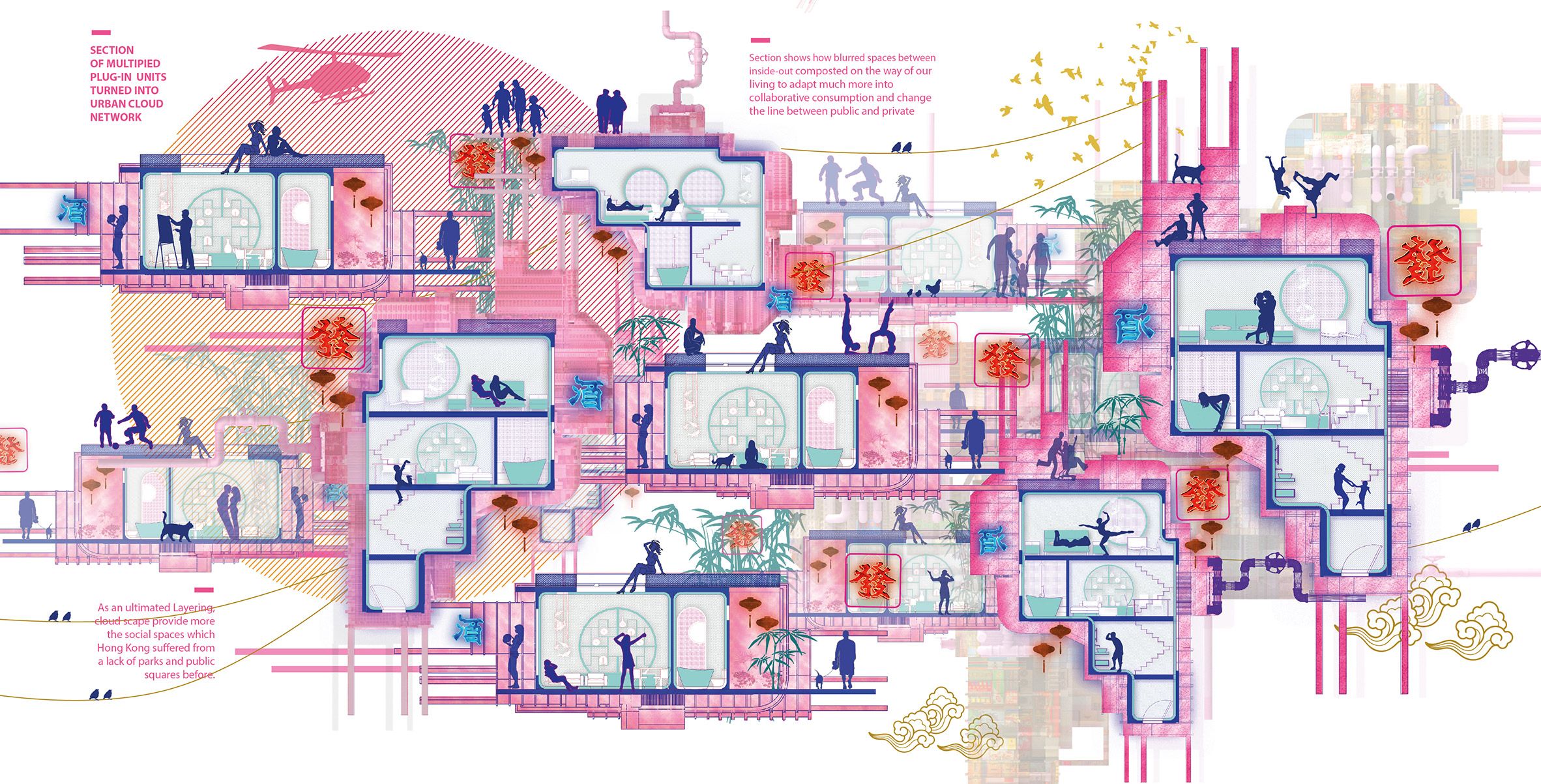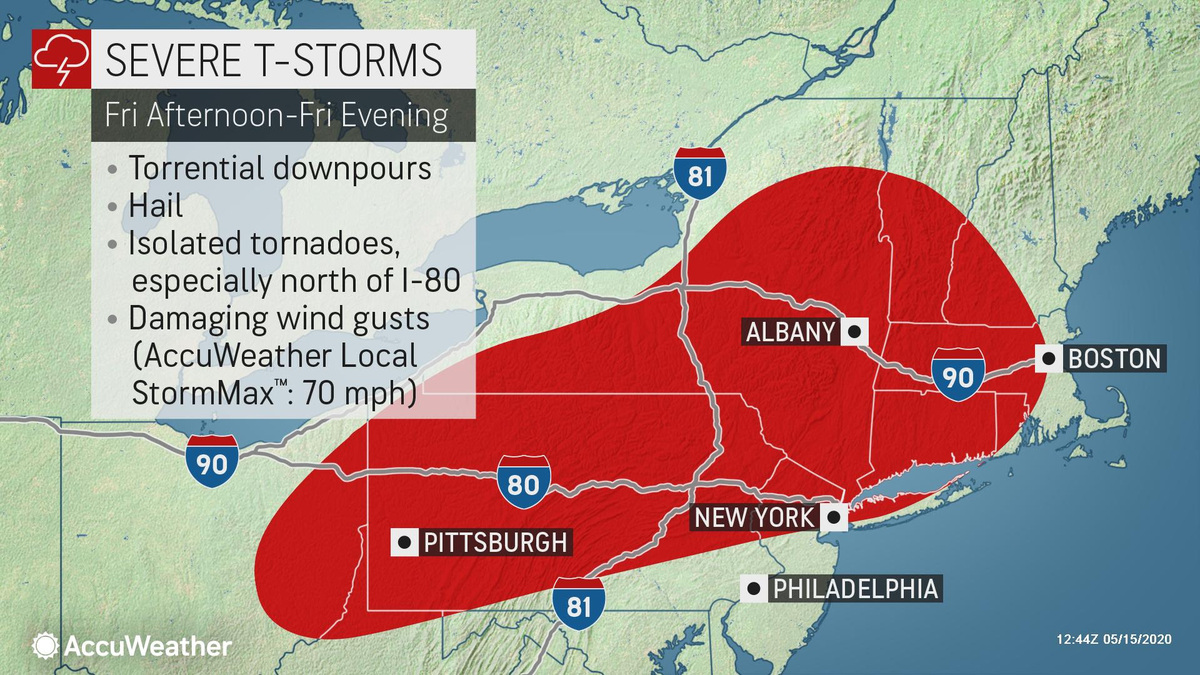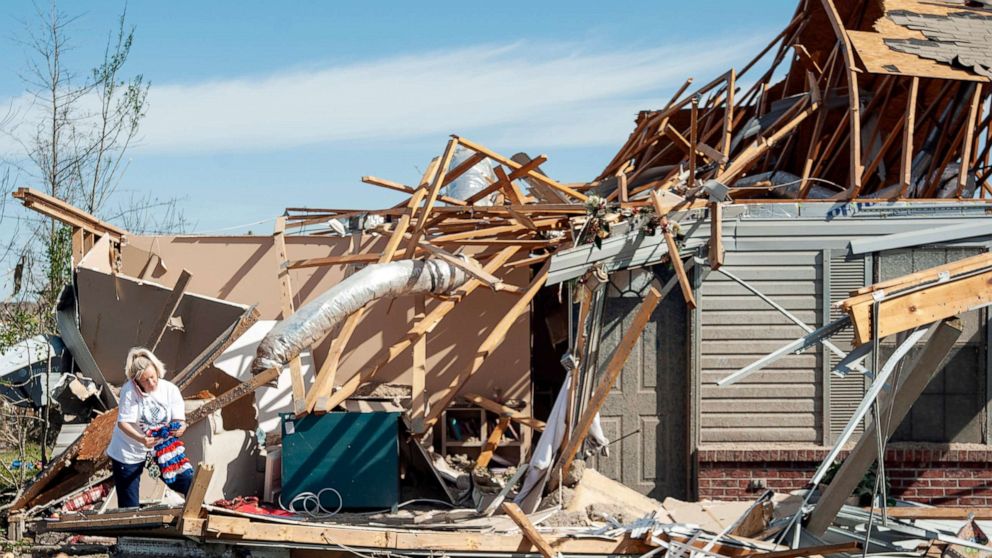Clean Energy's Boom Faces Unexpected Headwinds

Table of Contents
Supply Chain Bottlenecks and Material Shortages
The transition to a sustainable energy future relies heavily on the availability of raw materials. Unfortunately, the clean energy sector faces significant supply chain bottlenecks and material shortages, creating a major obstacle to its growth.
Rare Earth Element Dependence
The manufacturing of solar panels, wind turbines, and electric vehicle (EV) batteries is heavily dependent on rare earth minerals. This reliance creates several vulnerabilities.
- Dependence on China: A significant portion of the world's rare earth mineral production is concentrated in China, creating geopolitical risks and price volatility. Diversifying sourcing is crucial for global energy security.
- Rising Costs of Critical Materials: The increasing demand for lithium, cobalt, nickel, and other critical materials has driven up their prices, impacting the overall cost of clean energy technologies and potentially slowing down adoption.
- Ethical and Sustainable Sourcing: Concerns around ethical sourcing and environmental damage associated with mining these materials necessitate a shift towards more sustainable and responsible practices. This includes exploring alternative mining techniques and promoting recycling initiatives.
- Need for Diversification and Material Innovation: Investing in research and development to explore alternative materials and technologies that reduce or eliminate the need for rare earth elements is paramount for long-term sustainability and resilience of the clean energy supply chain.
Manufacturing Capacity Constraints
The rapid growth in demand for clean energy technologies has outstripped the current manufacturing capacity. This has led to several critical issues:
- Project Delays: Shortages of essential components, such as solar panels, wind turbine blades, and EV batteries, are causing significant delays in project completion.
- Increased Production Costs: High demand and limited supply have driven up production costs, making clean energy projects more expensive.
- Need for Capacity Expansion: Substantial investment is needed to build new manufacturing facilities and significantly expand existing ones to meet the growing demand.
- Workforce Upskilling: A skilled workforce is crucial for the efficient operation and maintenance of clean energy technologies. Investment in training and education programs is vital for upskilling the workforce in the renewable energy sector.
Permitting Delays and Regulatory Hurdles
Navigating the regulatory landscape for clean energy projects is often complex and time-consuming, posing another significant headwind.
Complex and Lengthy Permitting Processes
Obtaining the necessary permits for renewable energy projects can be a lengthy and bureaucratic process. This includes:
- Environmental Impact Assessments: Thorough environmental impact assessments are necessary to ensure minimal environmental disruption. However, these assessments can be time-consuming and expensive.
- Community Consultations: Engaging with local communities and addressing their concerns is crucial for the social acceptance of renewable energy projects. However, this process can also lead to delays.
- Legal Challenges and Appeals: Projects often face legal challenges and appeals, further delaying their implementation. Streamlining the permitting process and minimizing opportunities for protracted legal battles is essential for project success.
- Streamlining Permitting Processes: Governments need to implement policies that streamline the permitting process for renewable energy projects, reducing bureaucratic hurdles and accelerating project development.
Grid Infrastructure Limitations
Integrating large amounts of intermittent renewable energy sources, such as solar and wind power, requires significant upgrades to the existing electricity grid infrastructure. Challenges include:
- Grid Modernization and Expansion: Investment in grid modernization and expansion is critical to accommodate the influx of renewable energy. This includes upgrading transmission lines and substations.
- Grid Stability Challenges: Managing grid stability with the fluctuating nature of renewable energy sources requires advanced grid management technologies and energy storage solutions.
- Smart Grids and Energy Storage: The development and deployment of smart grids and advanced energy storage systems are essential to address grid stability challenges.
- Importance of Grid Planning: Effective grid planning and forecasting are crucial to ensure the reliable integration of renewable energy sources into the electricity grid.
Financing Challenges and Investment Risks
Securing adequate funding for clean energy projects presents further difficulties.
Inflation and Rising Interest Rates
The current economic climate, characterized by inflation and rising interest rates, poses significant challenges for clean energy investments.
- Increased Borrowing Costs: Higher interest rates increase the cost of borrowing for project developers, making it more expensive to finance projects.
- Reduced Investor Confidence: Economic uncertainty can lead to reduced investor confidence in clean energy projects.
- Government Incentives and Subsidies: Government support, including incentives and subsidies, is crucial to mitigate the impact of rising interest rates and attract private investment.
- Diversifying Funding Sources: Exploring a range of funding sources, including public-private partnerships and green bonds, is essential to ensure financial stability.
Competition for Investment Capital
Clean energy projects compete with other sectors for limited investment capital. This competition necessitates demonstrating strong investment potential.
- Demonstrating Strong ROI: Clean energy projects need to demonstrate strong returns on investment to attract investors.
- Reducing Project Risks: Minimizing project risks through effective planning and risk management strategies is crucial for attracting investment.
- Government Policies: Supportive government policies, such as tax credits and streamlined permitting processes, play a key role in attracting investment.
- Long-Term Economic Viability: Highlighting the long-term economic benefits and sustainability of clean energy projects is vital for attracting long-term investment.
Conclusion
The clean energy boom, while undeniably promising, faces significant headwinds. Supply chain issues, regulatory hurdles, and financing challenges all threaten to slow the transition to a sustainable future. Overcoming these obstacles requires a multi-faceted approach involving supportive government policies, industry innovation, fostering ethical sourcing of materials, and increased investment in renewable energy infrastructure and research and development. Addressing these unexpected challenges is crucial to ensuring the continued growth and success of the clean energy sector. Let's work together to overcome these obstacles and accelerate the transition to a cleaner, more sustainable future with smart investments in clean energy solutions.

Featured Posts
-
 Trinidad Defence Minister Weighs Age Limit And Song Ban For Kartel Concert
May 21, 2025
Trinidad Defence Minister Weighs Age Limit And Song Ban For Kartel Concert
May 21, 2025 -
 Les Grands Fusains De Boulemane D Abdelkebir Rabi Rencontre Au Book Club Le Matin
May 21, 2025
Les Grands Fusains De Boulemane D Abdelkebir Rabi Rencontre Au Book Club Le Matin
May 21, 2025 -
 Madrid Open Sabalenka And Zverev Progress To Later Stages
May 21, 2025
Madrid Open Sabalenka And Zverev Progress To Later Stages
May 21, 2025 -
 Wtts Future Of Competition Details Revealed At Press Conference
May 21, 2025
Wtts Future Of Competition Details Revealed At Press Conference
May 21, 2025 -
 World Cup Quarterfinal Germanys Path To Victory Against Italy
May 21, 2025
World Cup Quarterfinal Germanys Path To Victory Against Italy
May 21, 2025
Latest Posts
-
 Protecting Your Property Preparing For Damaging Winds From Fast Storms
May 21, 2025
Protecting Your Property Preparing For Damaging Winds From Fast Storms
May 21, 2025 -
 Nations League Goretzka Selected By Nagelsmann
May 21, 2025
Nations League Goretzka Selected By Nagelsmann
May 21, 2025 -
 Severe Weather Alert High Winds And Fast Moving Storms
May 21, 2025
Severe Weather Alert High Winds And Fast Moving Storms
May 21, 2025 -
 Goretzkas Nations League Call Up Nagelsmanns Decision
May 21, 2025
Goretzkas Nations League Call Up Nagelsmanns Decision
May 21, 2025 -
 Watch Out For Damaging Winds A Guide To Fast Moving Storm Safety
May 21, 2025
Watch Out For Damaging Winds A Guide To Fast Moving Storm Safety
May 21, 2025
